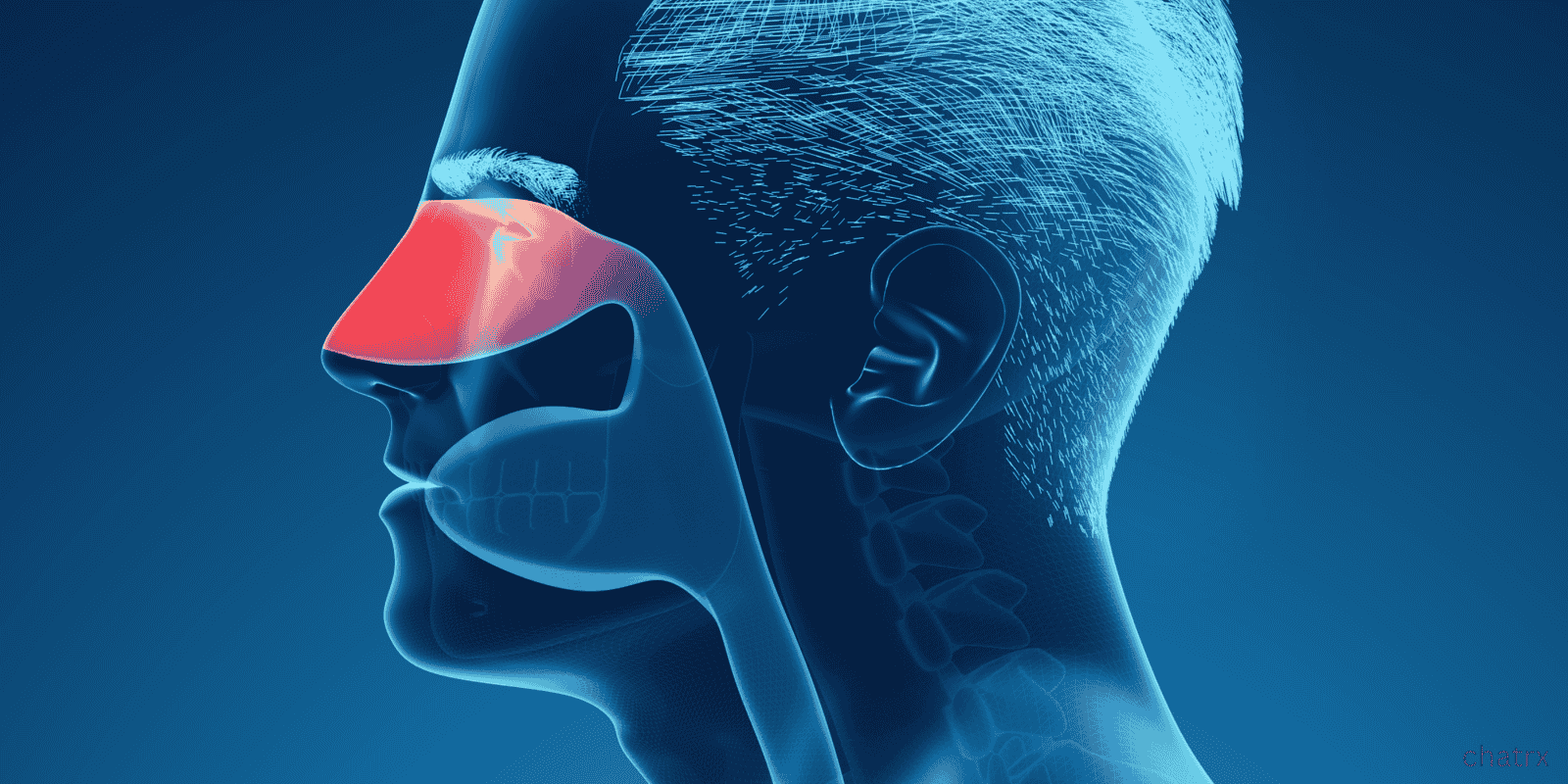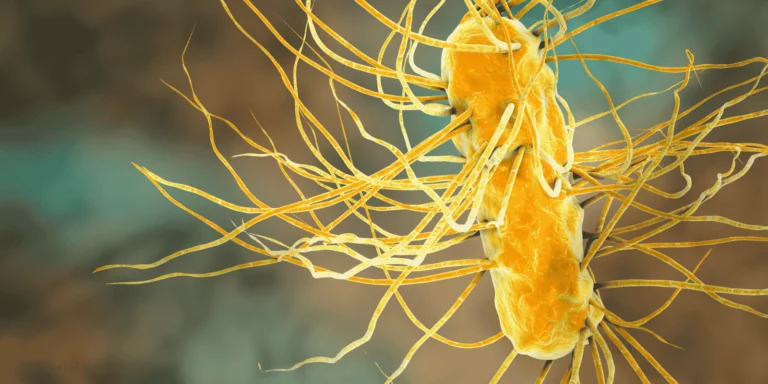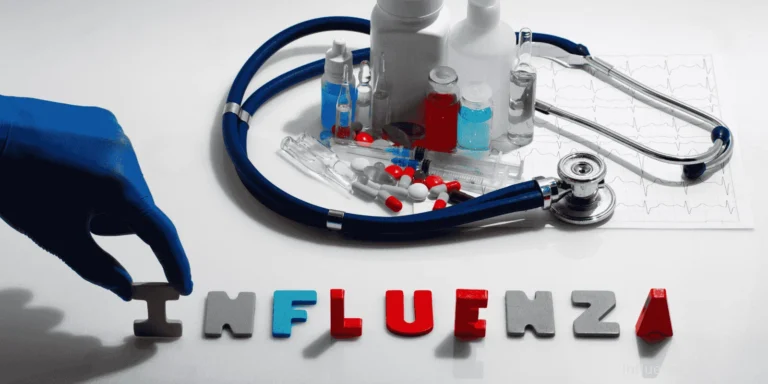“I had a terrible cold last week, and now my face feels like it’s going to explode,” my patient explained during her visit. “Did the cold turn into a sinus infection?”
This progression from cold to sinusitis is incredibly common. In fact, viral upper respiratory infections like colds and flu are the leading triggers for acute sinusitis episodes. Understanding this connection helps you recognize when simple congestion becomes something more serious.
How Colds Lead to Sinusitis
When cold or flu viruses attack your upper respiratory system, they cause widespread inflammation throughout your nasal passages and sinuses. This inflammation creates the perfect conditions for sinusitis to develop.
Swollen tissues block the small openings that normally allow sinuses to drain into your nasal passages. When drainage stops, mucus accumulates in the sinus cavities.
Thickened secretions become harder to clear naturally. Normal, thin mucus flows easily, but infected mucus becomes thick and sticky, further blocking drainage pathways.
Impaired ciliary function compounds the problem. Tiny hair-like structures called cilia normally sweep mucus and debris out of your sinuses, but viral infections damage these cleaning mechanisms.
The Timeline: Cold to Sinusitis
Most colds follow a predictable pattern, and understanding this helps identify when sinusitis develops:
Days 1-3: Initial cold symptoms appear with clear nasal discharge, sneezing, and mild congestion.
Days 4-7: Symptoms typically peak, then begin improving. Nasal discharge may temporarily thicken and change color.
Days 8-10: Most cold symptoms resolve as your immune system clears the virus.
Sinusitis development typically occurs when symptoms persist beyond day 10, worsen after initial improvement, or become more severe during the expected recovery period.
Viral vs. Bacterial Sinusitis
Here’s something important — most sinusitis cases following colds are initially viral, not bacterial. Your sinuses become inflamed and blocked due to the same virus causing your cold symptoms.
Viral sinusitis often resolves on its own within 7-10 days with supportive care like saline irrigation, decongestants, and pain relief.
Secondary bacterial infection can develop when blocked sinuses provide an ideal environment for bacteria to multiply. This typically happens when:
- Symptoms persist beyond 10 days without improvement
- Symptoms worsen after initially getting better
- You develop high fever (over 102°F) with facial pain
Why Some People Develop Sinusitis and Others Don’t
Several factors influence whether your cold progresses to sinusitis:
Anatomical variations like deviated septums, narrow sinus openings, or nasal polyps make some people more prone to blockage and drainage problems.
Immune system status affects your ability to clear viral infections quickly. Stress, poor sleep, or underlying health conditions can prolong recovery.
Environmental factors including dry air, pollution, or allergen exposure can worsen inflammation and delay healing.
Previous sinus problems create scar tissue or chronic inflammation that interferes with normal drainage patterns.
Distinguishing Cold Symptoms from Sinusitis
While overlap exists, certain patterns suggest sinusitis development:
Location of discomfort shifts from general nasal congestion to specific facial pressure or pain over sinus areas.
Quality of discharge changes from clear and watery to thick, colored mucus that may have an unpleasant odor.
Pain patterns become more localized and worsen with position changes like bending forward or lying down.
Associated symptoms expand to include facial tenderness, dental pain, or reduced sense of smell.
The Flu Connection
Influenza can also trigger sinusitis, often more severely than common colds. Flu causes more intense inflammation and systemic illness, potentially creating conditions for more serious sinus complications.
Post-flu sinusitis may develop bacterial infection more readily due to the immune system stress caused by influenza.
Prevention Strategies
You can’t always prevent colds from developing into sinusitis, but certain measures reduce your risk:
Stay hydrated to keep mucus thin and drainage pathways clear.
Use saline irrigation during cold symptoms to flush irritants and maintain moisture.
Manage congestion early with appropriate decongestants to prevent complete blockage.
Avoid blowing your nose forcefully as this can push infected material into sinus cavities.
Get adequate rest to support your immune system’s ability to clear infections.
Treatment Considerations
When cold symptoms evolve into sinusitis, treatment approach may need adjustment:
Supportive care remains the foundation — saline irrigation, steam inhalation, adequate hydration, and appropriate pain relief.
Decongestants can help maintain drainage, but limit use to avoid rebound congestion.
Antibiotic consideration becomes relevant when bacterial infection is suspected based on symptom duration, severity, and pattern.
When to Seek Medical Attention
Contact your healthcare provider if:
- Cold symptoms persist beyond 10 days without improvement
- Symptoms worsen after initially getting better
- You develop high fever with severe facial pain
- You experience vision changes or severe headache
The Recovery Process
Most post-viral sinusitis resolves within 2-3 weeks with appropriate care. Complete recovery may take longer if bacterial infection develops or if you have underlying risk factors.
Patience is key — sinus tissues need time to heal and resume normal function after viral damage.
The Bottom Line
Colds and flu absolutely can cause sinusitis by creating inflammation and blockage in your sinus drainage pathways. While most cases resolve with supportive care, understanding the progression from viral infection to sinusitis helps you recognize when additional medical attention might be beneficial.
Early intervention with appropriate care can often prevent simple cold symptoms from developing into more problematic sinus infections.













